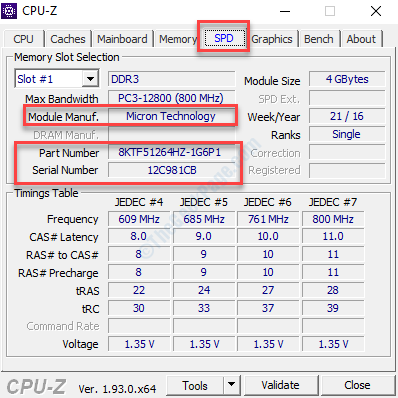Hi, I have a question. I have a Ryzen 3600 on a Gigabyte X570 Aorus elite motherboard. Two days ago I bought new RAM. upgraded from 16GB to 32GB and decided not to save and buy a high-quality 3600MHz cl16 memory (Gskill trident Z). This should be optimal for Ryzen 3000. The first day went fine, ran all the benchmarks with nice improvement and without a crash, but the second day, after filling up the RAM, I experienced game crashes and when I realized what was happening, I got a bluescreen while shutting down the computer. (System service exception so something got corrupted in memory... probably...) Unlucky me. After restarting it showed me a message that the system is damaged beyond repair but it booted fine after my BIOS got reset. I want to ask if it was the memory being too fast for my processor or if it could have been caused by the fact that I had set the overclock with a really low voltage and thus less voltage went to the infinity fabric... could that be the reason? That overclock was stable, not a single crash in 5 months, until after adding new memory. I'm currently running on stock both processor and memory and it's terrible. Should I try to re-set the XMP on the stock processor, or would I rather just overclock and give both memory and processor higher voltages? Or should I put some lower frequencies on the memories? I ask because I don't have two days to tune my system right now and because I've more or less forgotten what I knew about clocking Ryzen.
I mean, I don't want to run at 2133MHz even a minute longer, but I don't want to experience another annoying BSOD and I don't quite have the time to test it, so I'm asking if anyone has any experience. I want to go for the first good one, so to speak.
I mean, I don't want to run at 2133MHz even a minute longer, but I don't want to experience another annoying BSOD and I don't quite have the time to test it, so I'm asking if anyone has any experience. I want to go for the first good one, so to speak.




